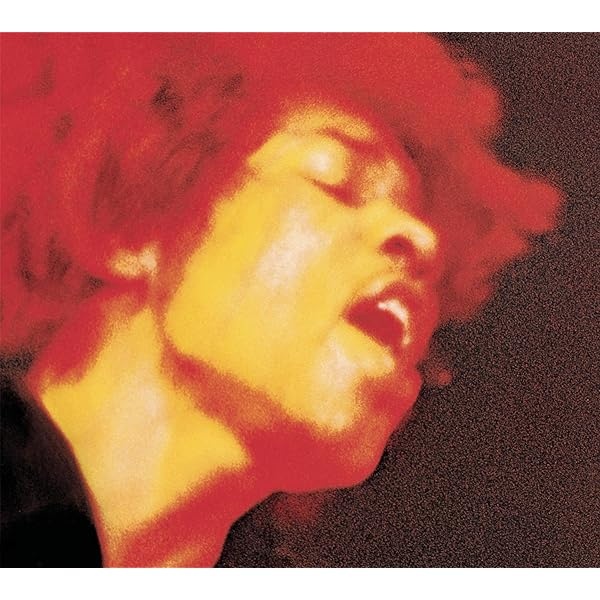If there’s one album that can be described as both a milestone in rock history and proof to the genius of Jimi Hendrix, it’s Electric Ladyland. Released in October 1968, this double LP was the third and final studio album by the Jimi Hendrix Experience—and oh, what a swan song it was. It climbed to #1 on the Billboard Top LPs chart, featured some of Hendrix’s most iconic tracks, and cemented his legacy as a musical innovator.
1. It Was Hendrix’s Baby, Through and Through
While previous albums credited producer Chas Chandler alongside Hendrix, Electric Ladyland was the first (and only) album where Hendrix had full creative control. He produced and directed the sessions, shaping the sound in ways only he could envision. This freedom, however, wasn’t without its challenges—Hendrix’s perfectionism drove his bandmates and studio engineers to their limits. The sessions were legendary for their chaos, with dozens of people crammed into the control room, but the result was nothing short of magical.
2. The Bass on ‘All Along the Watchtower’ Wasn’t Noel Redding’s Work
Although Noel Redding was the Experience’s bassist, he didn’t play on Hendrix’s iconic cover of Bob Dylan’s All Along the Watchtower. Frustrated with the process, Redding walked out of the session. Hendrix, never one to let obstacles get in his way, took over the bass duties himself. The result? A bassline that’s as memorable as the wailing guitar solos that dominate the track.
3. Jimi Hendrix and Brian Jones Collaborated on ‘Watchtower’
Speaking of All Along the Watchtower, did you know Rolling Stones multi-instrumentalist Brian Jones contributed to the song? His role might not have been front and center, but he played the dry rattles in the intro using a vibraslap. It’s a subtle touch, but it adds an otherworldly vibe to one of the most celebrated Dylan covers of all time.
4. It Redefined Studio Recording Techniques
Electric Ladyland wasn’t just an album; it was a laboratory for sound innovation. Hendrix and engineer Eddie Kramer experimented with techniques like backmasking, flanging, and echo to create a lush, psychedelic landscape. Tracks like 1983… (A Merman I Should Turn to Be) are not just songs—they’re immersive experiences that feel like stepping into a surreal dream.
5. The Album Cover Was as Controversial as the Music Was Revolutionary
Hendrix originally envisioned the album cover as a playful photo of the band surrounded by children on the Alice in Wonderland sculpture in Central Park. But the record label had other plans. In the UK, the album featured a controversial cover of 19 nude women, which was banned in some stores and sold in others wrapped in brown paper. Hendrix wasn’t thrilled with this choice, but he later admitted he “dug it anyway.” And no, I can’t publish it here.
From the psychedelic depths of 1983 to the raw power of Voodoo Child (Slight Return) and the emotional gravitas of All Along the Watchtower, pop it on, turn it up, and let Hendrix’s genius take you on a ride you’ll never forget.







